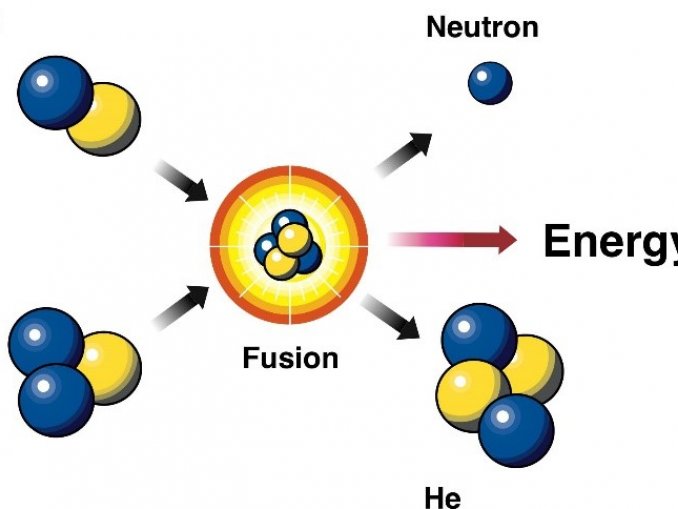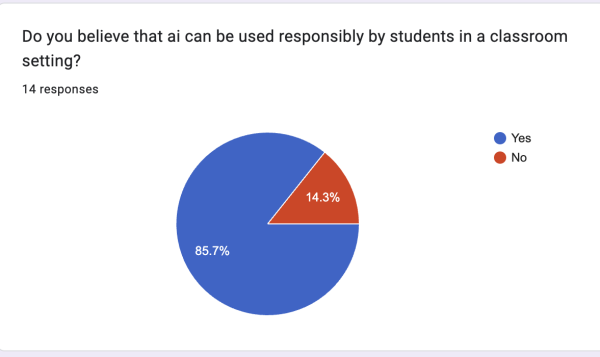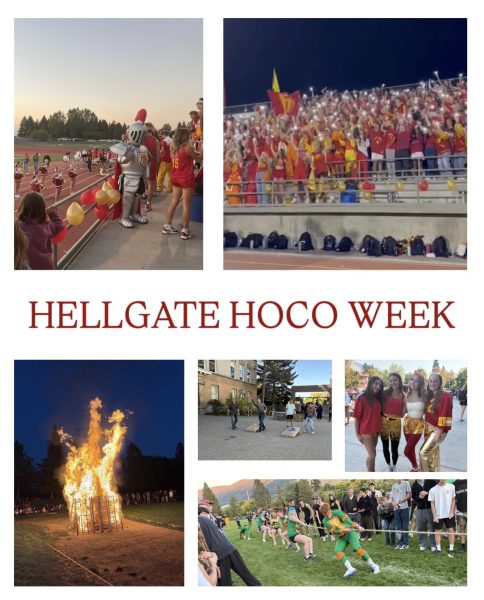Nuclear Fusion Breakthrough Could Be Just What We Need
The most famous line from Spider-Man 2: “The power of the sun… In the palm of my hand.” Played by Alfred Molina, Dr. Otto Octavious says it before firing up his nuclear fusion reactor for the first time. While the fictional experiment results in him going crazy and battling the famous web slinger, the reality of nuclear fusion seems to be closer than we thought. Nuclear fusion is how stars, like our sun, make energy. By smashing two hydrogen atoms together very intensely, they eventually “fuse” into a single helium atom, a heavier element. This produces incredible amounts of energy. On Dec. 5, scientists were able to run an experiment that produced more energy than it took to actually conduct it.
Over 50 countries have spent the last 60 years attempting to recreate the sun’s power here on Earth. The goal is to provide a clean energy source so that we can end our reliance on fossil fuels. If fusion can be produced more easily and commercialized, the results could be super beneficial in dealing with climate change as nuclear fusion leaves no carbon footprint. The current way nuclear energy produces electricity is with nuclear fission. Fission is the opposite of nuclear fusion as fission relies on pulling the atoms apart to produce energy. Chernobyl relied on fission before its catastrophic meltdown, a meltdown which will keep the area uninhabitable for another 2,000+ years.
Lawrence Livermore National Laboratory in California was the one to achieve fusion through thermonuclear inertial fusion, basically firing lasers at a hydrogen pellet the size of a peppercorn. The lasers reach a temperature hotter than the core of the sun and the heat forces the hydrogen atoms together, exploding extremely quickly, up to 50 times in a single second. What makes this a breakthrough for science is that it took two megajoules to run the experiment and had produced 3.15 megajoules worth of energy. According to scientists, that’s the same amount of energy as about three sticks of dynamite or running 10 electric kettles. Despite all of this, mass commercialized nuclear fusion is decades away.
Now that we know that producing more energy than originally putting into the experiment is possible, it has to be tested again and again until it’s perfected. That’s what the scientific method is all about. Not only that, the cost will need to come way down because this one experiment cost three and a half billion dollars to conduct.
No one is exactly sure when we will have commercialized fusion; however, most scientists now believe that it will happen sooner rather than later. To reach the goal of limiting global warming to only 2 degrees or even 1.5 degrees celsius, we’d have to stop all gas emissions by 2050. The power of the sun will soon be in the palms of our hands.

Oh, hello. My name is Alexander Blaide and I am a senior. This will be my second year writing for the Lance and my first as an editor. I mainly cover reviews/opinion...





